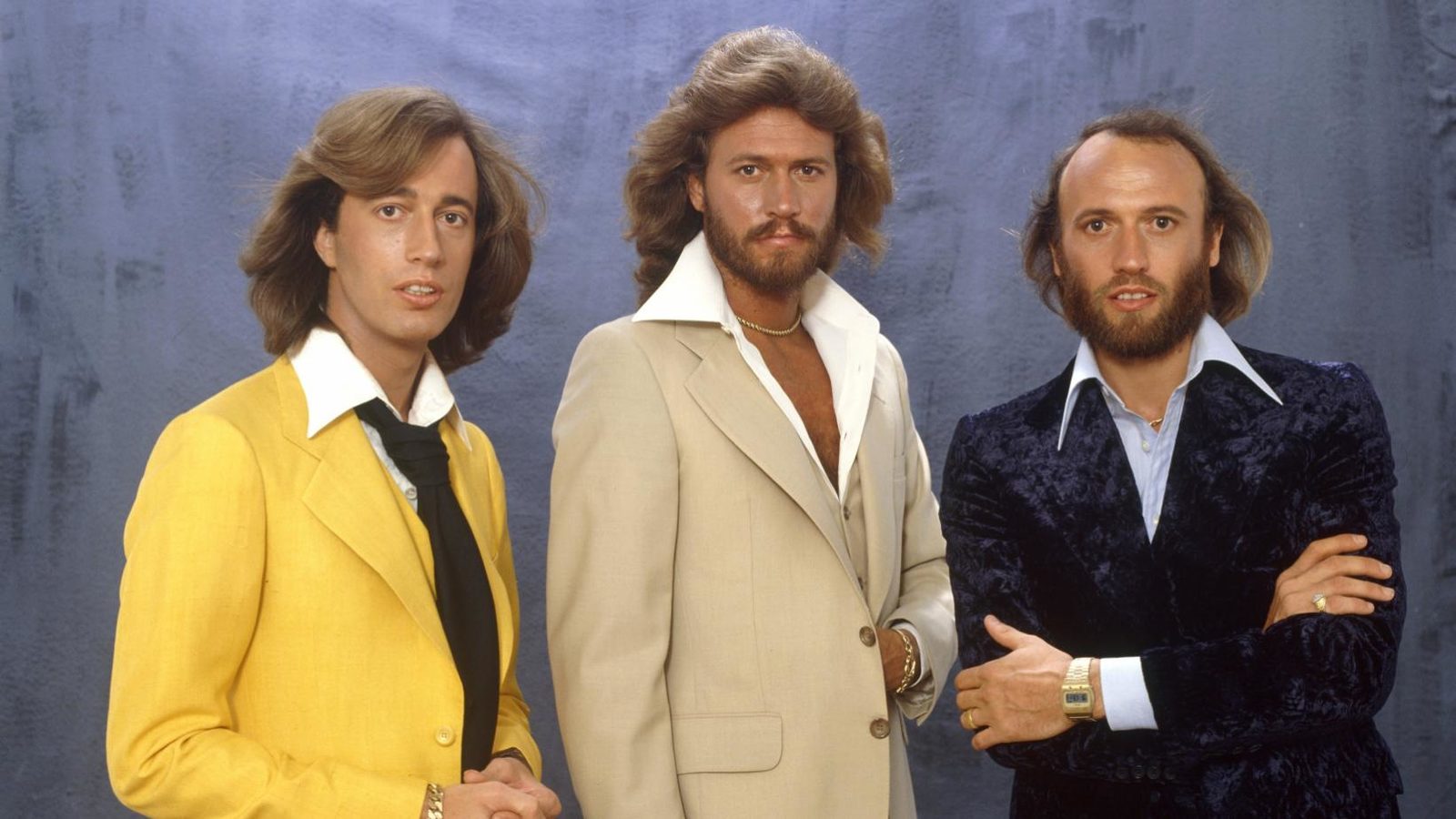
The Pulse of a Neon Dream: Desire, Motion, and the Eternal Heat of the Disco Night
When “Night Fever” by the Bee Gees lit up the airwaves in 1978, it did more than dominate charts—it crystallized an era. Released as part of the legendary Saturday Night Fever soundtrack, the song soared to number one on the Billboard Hot 100, reigning there for eight consecutive weeks and solidifying the Bee Gees as architects of the disco movement’s golden peak. The soundtrack itself became one of the best-selling albums of all time, a cultural monolith that defined late–1970s nightlife and gave voice to both the glamour and yearning hidden within mirror‑ball reflections.
At its heart, “Night Fever” is not merely a dance track; it is a portrait of urban vitality, where rhythm becomes religion and movement becomes liberation. Written by brothers Barry, Robin, and Maurice Gibb, the song evolved from an earlier instrumental groove the group had been developing. When film producer Robert Stigwood requested new material for Saturday Night Fever, Barry Gibb drew inspiration from that hypnotic bassline and intertwined it with lyrics about surrendering to nocturnal passion. The result was an anthem that encapsulated disco’s duality—the hedonism of the body and the quiet ache of longing that often underlies it.
The Bee Gees understood something elemental about rhythm and desire. In “Night Fever,” their falsettos shimmer like fluorescent light across a darkened dance floor—at once angelic and animalistic. Every melodic turn feels like a pulse quickening, every groove a heartbeat caught between love and escape. The string arrangements glide with cinematic grace, echoing Barry’s fascination with orchestral soul and R&B’s sensual textures. Beneath it all lies a bassline both elastic and insistent, propelling dancers into motion while evoking an almost spiritual release. The song becomes a metaphor for transformation: under the feverish glow of night, identities dissolve; heartbreak is briefly forgotten; ecstasy becomes communion.
What makes “Night Fever” endure beyond its fashionable moment in disco history is its understanding of atmosphere—the way music can conjure not just sound but place, texture, memory. To hear it now is to feel again the humid pulse of late ’70s nightlife: velvet ropes parting, strobes flickering like fragmented time, strangers finding each other in rhythm alone. It captures an optimism that was fragile even then—the dream that motion itself could heal loneliness. For all its sheen and sophistication, there’s melancholy woven through its euphoria, a recognition that the night always ends but leaves its fever behind in memory.
The Bee Gees created more than a soundtrack hit—they gave us an emotional geography of desire under city lights. “Night Fever” remains a timeless reminder that music’s greatest power lies not only in making us move but in making us feel infinite—if only for the length of a song.